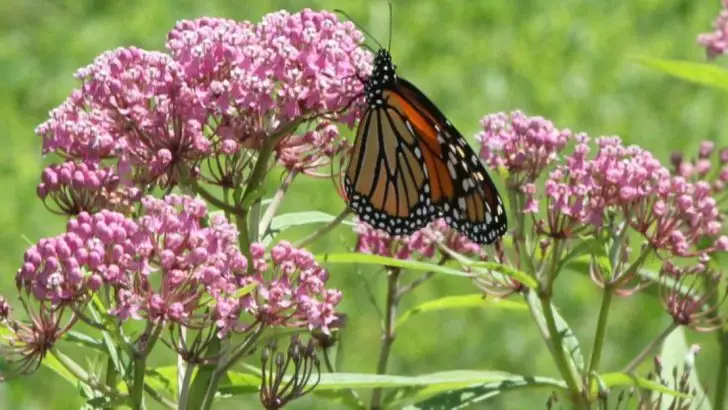If you’re eager to invite some rare pollinators into your garden, you’re in for a treat. These unique creatures are crucial for maintaining a healthy ecosystem, and the right plants can help attract them to your space. Specialized flowers that cater to rare pollinators not only enhance the biodiversity of your garden but also offer striking beauty and fragrance.
Whether you’re looking to attract moths, bees, or even hummingbirds, there are specific plants that will do the trick. From vibrant blooms to scented shrubs, here are the best options that can turn your garden into a pollinator’s paradise.
Bee Balm (Monarda)

Bee Balm, with its striking red blooms, is a magnet for pollinators like bees, butterflies, and hummingbirds. Its vibrant petals and rich nectar provide a feast for the rare rusty patched bumblebee, a species in decline. Plant it in well-drained soil with ample sunlight. The aromatic foliage adds a delightful scent when brushed against. This perennial not only enhances visual appeal but also supports biodiversity. Regular deadheading will encourage a longer blooming period, ensuring continuous attraction for pollinators. Embrace this plant’s beauty and watch your garden buzz with life.
Butterfly Weed (Asclepias tuberosa)
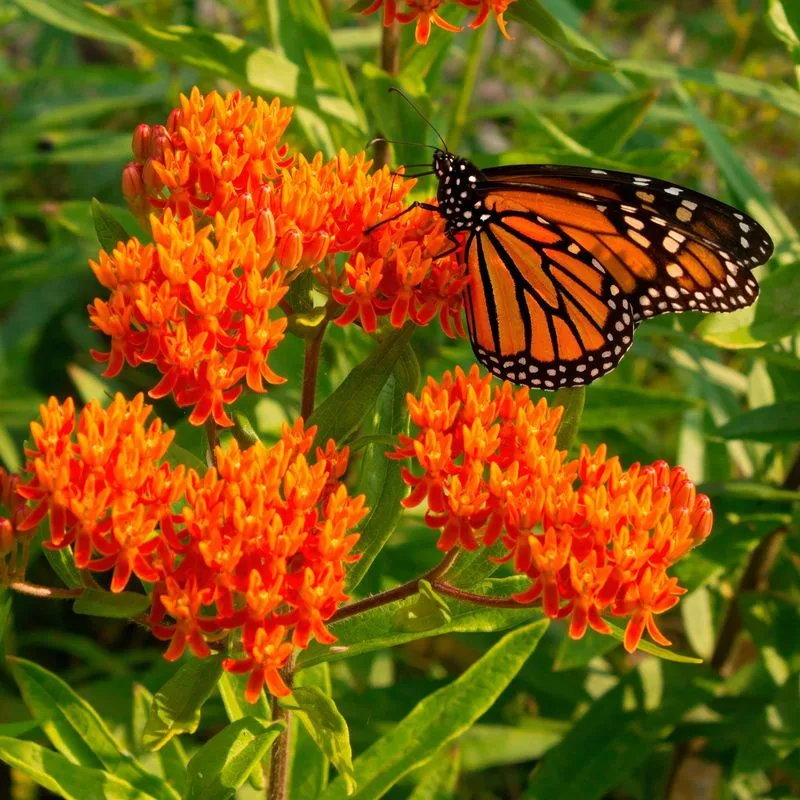
Butterfly Weed stands out with its bright orange flowers, attracting a host of pollinators, especially monarch butterflies. This hardy perennial thrives in sunny spots with sandy or well-drained soil. Its drought-resistant nature makes it a low-maintenance addition. Beyond its visual appeal, it serves as a crucial host plant for monarch caterpillars. Cutting back the stems after flowering promotes new growth and a fuller plant. Witness the fascinating lifecycle of monarchs right in your garden, from egg to chrysalis to adult butterfly. A true testament to nature’s wonders.
Cardinal Flower (Lobelia cardinalis)
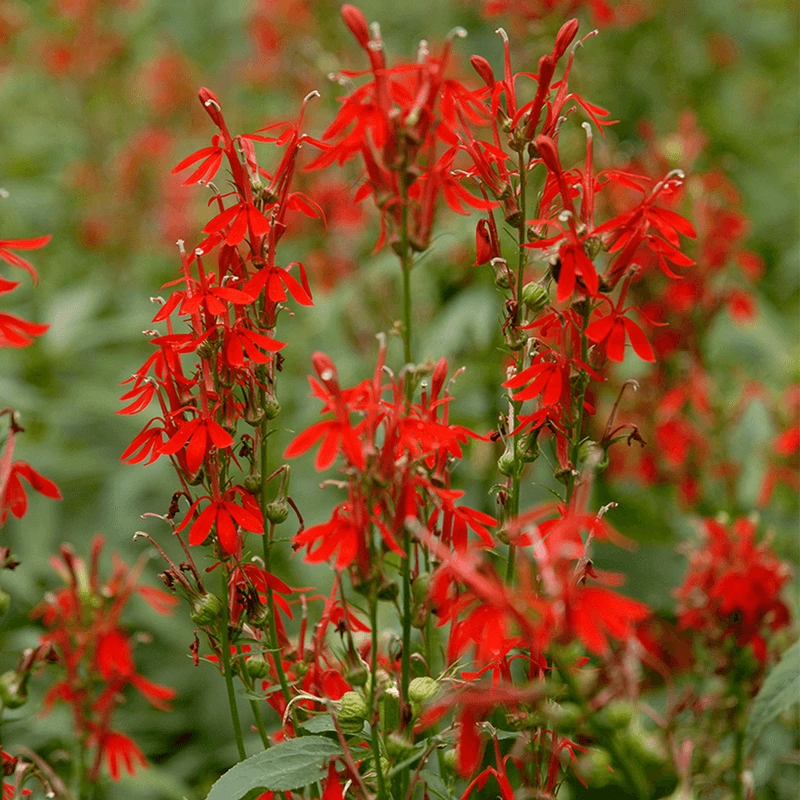
The Cardinal Flower’s vivid red spikes are synonymous with attracting hummingbirds. This moisture-loving plant thrives near ponds or streams, adding a splash of color to shaded areas. Its tall, striking blossoms are a beacon for pollinators seeking nectar in the late summer months. It requires consistent moisture and benefits from mulching to retain soil moisture. Deadheading spent blooms will prolong its flowering season. A perfect choice for those who appreciate both avian visitors and vibrant garden hues.
Purple Coneflower (Echinacea purpurea)
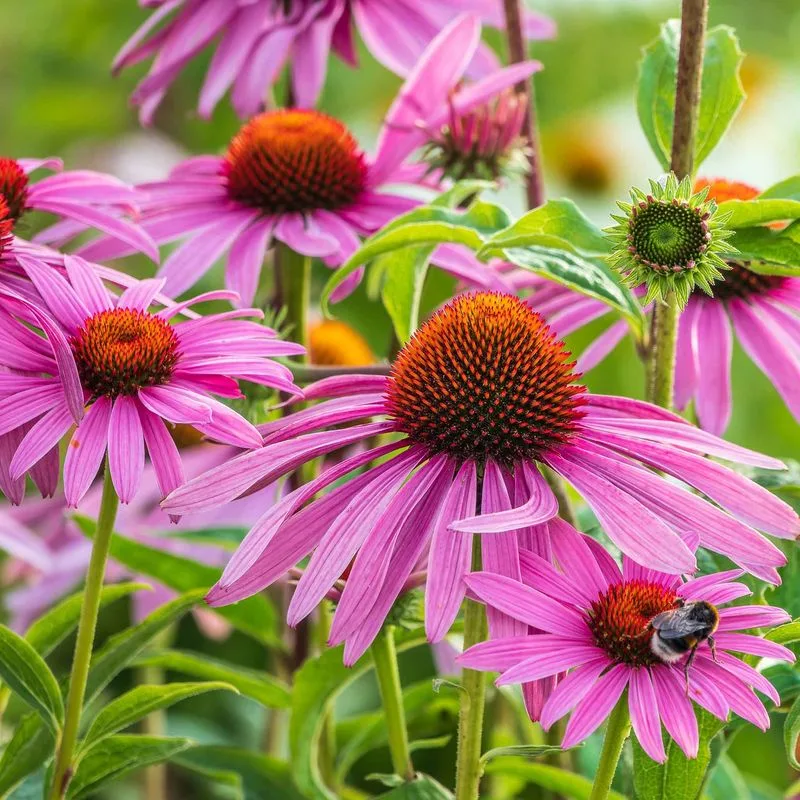
Purple Coneflower offers more than just beauty with its daisy-like flowers and raised centers. It attracts various pollinators, including bees and butterflies, with ease. Thriving in sunny locations, it is highly drought-resistant once established. The seed heads persist through winter, providing food for birds. Regular deadheading keeps it blooming from midsummer to fall. Planting coneflowers helps sustain pollinator populations while adding a splash of perennial color to your garden. Consider this not only as an aesthetic addition but also a vital ecological supporter.
Agastache (Hyssop)
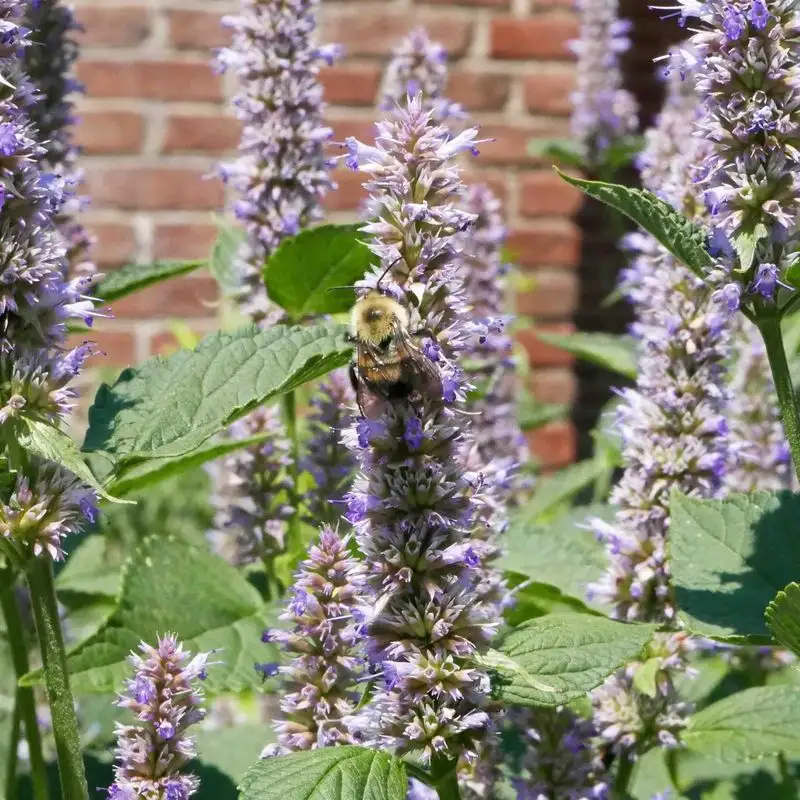
Agastache, commonly known as Hyssop, features spikes of tubular flowers that bees and hummingbirds find irresistible. It prefers full sun and well-drained soil, making it ideal for rock gardens and borders. The aromatic leaves can be used in teas, adding extra utility to its beauty. Deadheading encourages more blooms and prevents seeding. Known for its drought tolerance, Agastache is perfect for xeriscaping. Watching the pollinators dance around its flowers is a joy for any gardener. Enjoy the fusion of function and form with this versatile plant.
Goldenrod (Solidago)
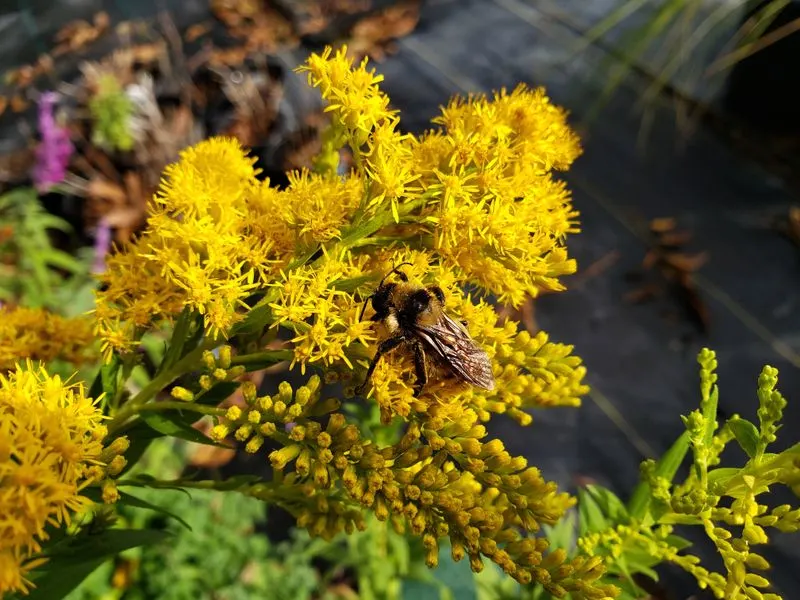
Goldenrod is often misunderstood but plays a vital role in supporting pollinators, particularly bees and butterflies. Its tall, arching clusters of yellow flowers bloom from late summer to fall, providing crucial late-season nectar. Despite its reputation, goldenrod is not responsible for hay fever—blame that on ragweed. Preferring full sun and well-drained soil, it is a robust addition to any garden. Beyond its beauty, goldenrod is an essential component in meadow and wildlife garden settings. It’s a dynamic choice for those looking to support local ecosystems.
Lavender (Lavandula)
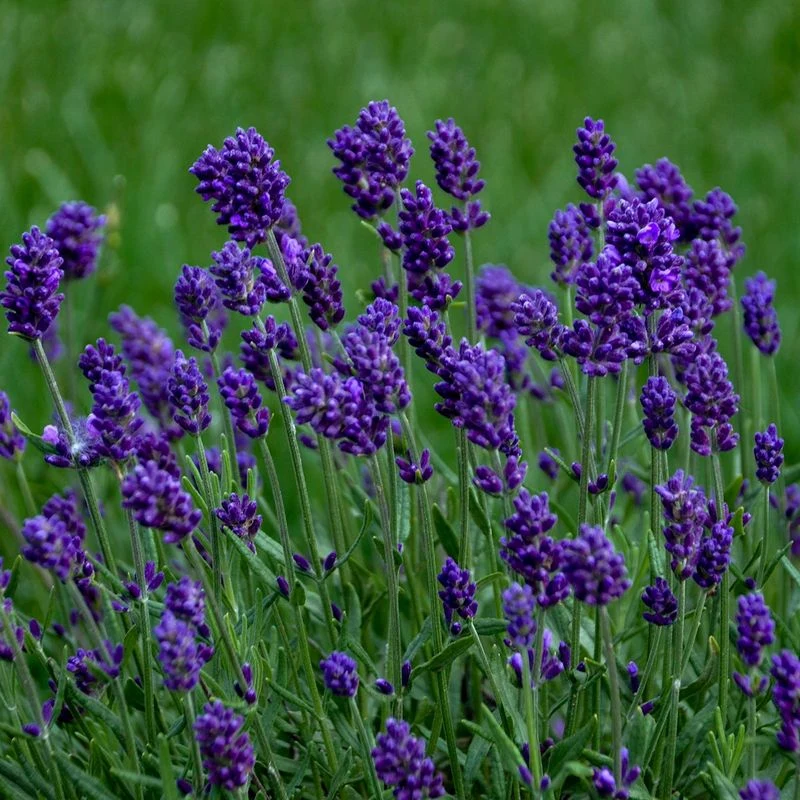
Lavender’s iconic fragrance and purple flowers are beloved by pollinators and gardeners alike. Its perennial nature and drought resistance make it a staple in many gardens. Lavender thrives in sunny, well-drained locations, providing a calming aroma and vibrant color. Prune back after flowering to maintain shape and encourage new growth. While it decorates your garden, it also supports pollinator activity and can be used in various culinary and aromatic applications. Lavender bridges the gap between ornamental and functional gardening.
Foxglove (Digitalis purpurea)

Foxglove exudes a wild charm with its tall, tubular flowers that beckon to bumblebees. This biennial thrives in partial shade, often found gracing woodland edges. It prefers rich, moist soil and benefits from mulching to retain soil moisture. Each spike holds numerous bell-shaped blooms, providing a dramatic vertical element. Caution is advised as all parts of the plant are toxic if ingested. Despite this, foxglove’s allure remains, offering both aesthetic appeal and pollinator support. Its stately presence is a highlight in any plant collection.
Joe Pye Weed (Eutrochium purpureum)
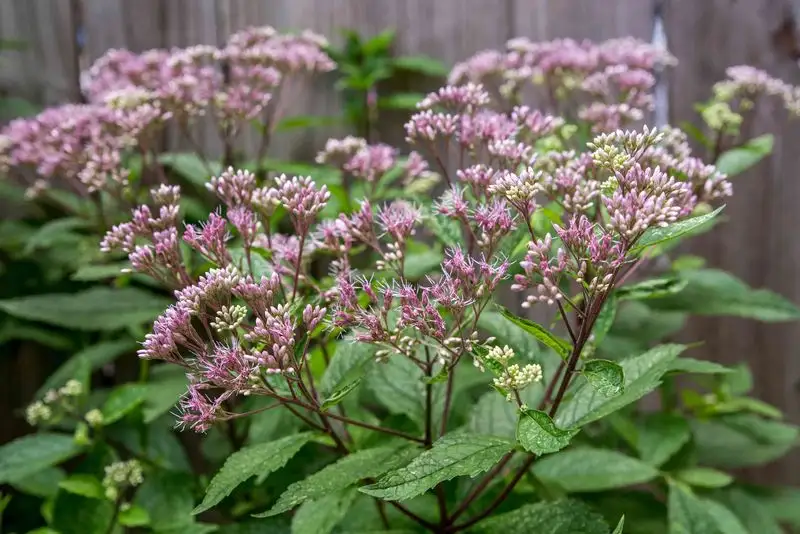
Joe Pye Weed commands attention with its towering presence and clusters of pinkish-purple flowers. Ideal for damp, sunny spots, it attracts a plethora of pollinators, including butterflies and bees. Its late-summer blooms provide crucial nectar when other sources are scarce. Tolerant of a range of soil conditions, it’s an excellent choice for naturalizing areas. Regular pruning helps maintain its size and encourages bushier growth. Beyond its visual impact, Joe Pye Weed is a robust supporter of pollinator diversity in garden spaces.
Sunflower (Helianthus annuus)
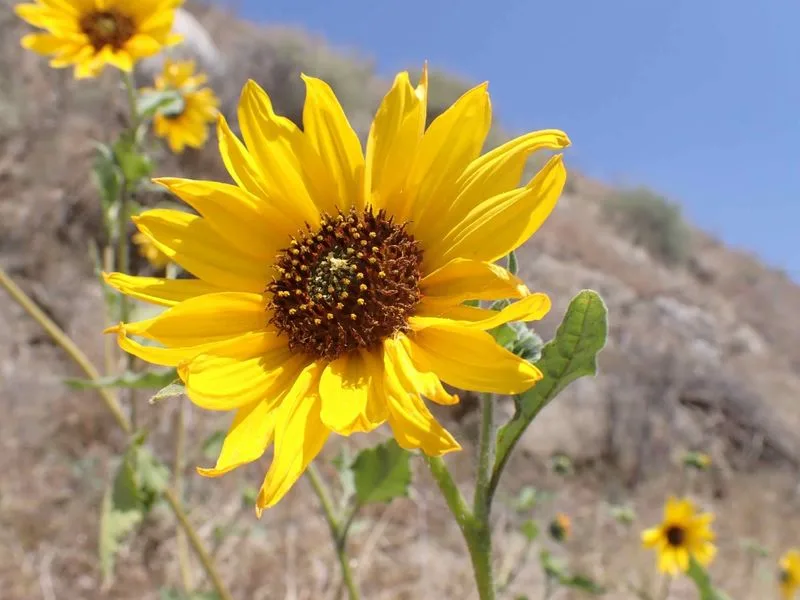
Sunflowers, with their towering stature and bright blooms, draw in diverse pollinators. Bees, butterflies, and birds all find their way to these sun-following giants. Thriving in full sun and well-drained soil, they are both hardy and easy to grow. Deadheading spent flowers encourages more blooms and extends their season. Besides their pollinator appeal, sunflowers produce seeds that attract birds and can be harvested for snacks. They bring a cheerful presence to gardens and support a wide range of wildlife.
Salvia (Salvia spp.)
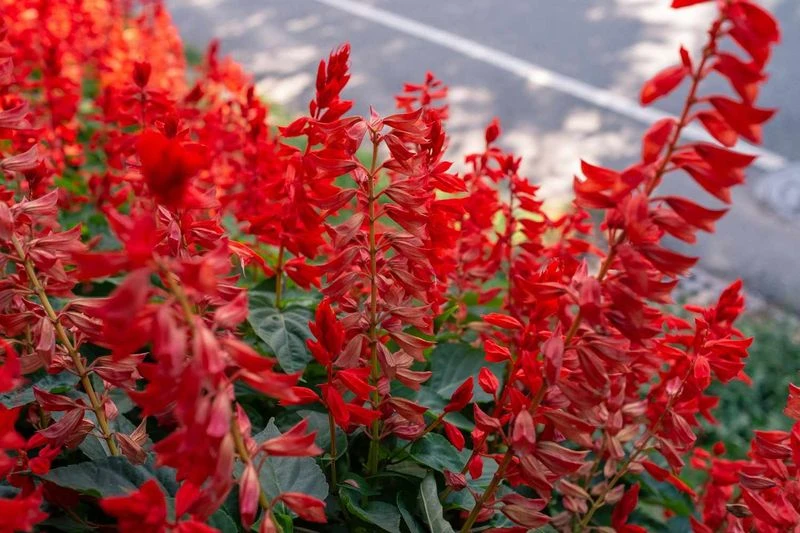
Salvia’s vibrant spikes of blue, purple, or red flowers are resilient in heat and drought, making them a favorite in pollinator gardens. Requiring full sun and well-drained soil, salvias bloom from spring to fall with regular deadheading. They offer a rich nectar source for bees, butterflies, and hummingbirds. Beyond their vibrant beauty, they are deer resistant, adding a practical advantage. Salvias bring both color and life to garden beds and borders, ensuring a lively environment teeming with biodiversity.
Milkweed (Asclepias spp.)
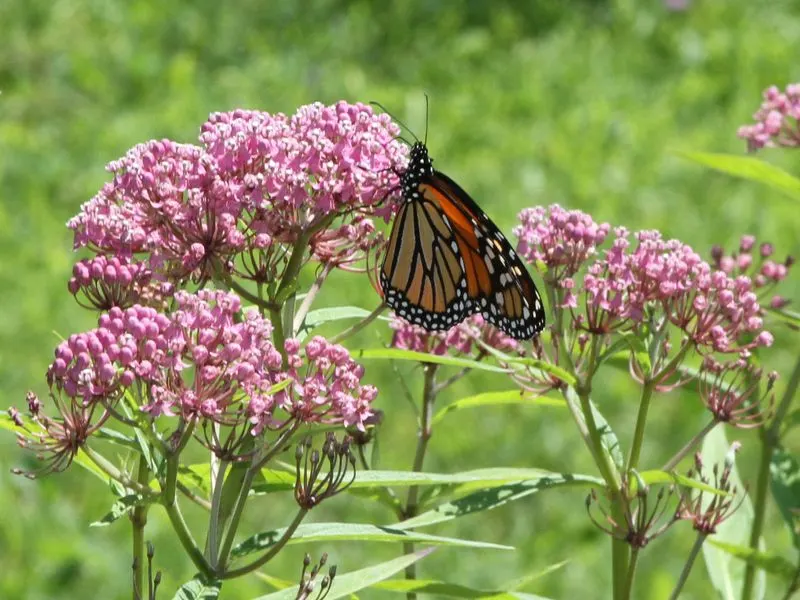
Milkweed is more than just a plant; it’s a lifeline for monarch butterflies. Providing both nectar and a host for caterpillars, it plays a critical role in their lifecycle. Thriving in sunny areas, milkweed is hardy and drought-tolerant. Its clusters of pink, orange, or white flowers attract a wide range of pollinators. Regularly check for caterpillars and be mindful of using pesticides that could harm them. By planting milkweed, you contribute directly to the conservation of monarchs and enjoy their fluttering presence in return.
Zinnia (Zinnia elegans)
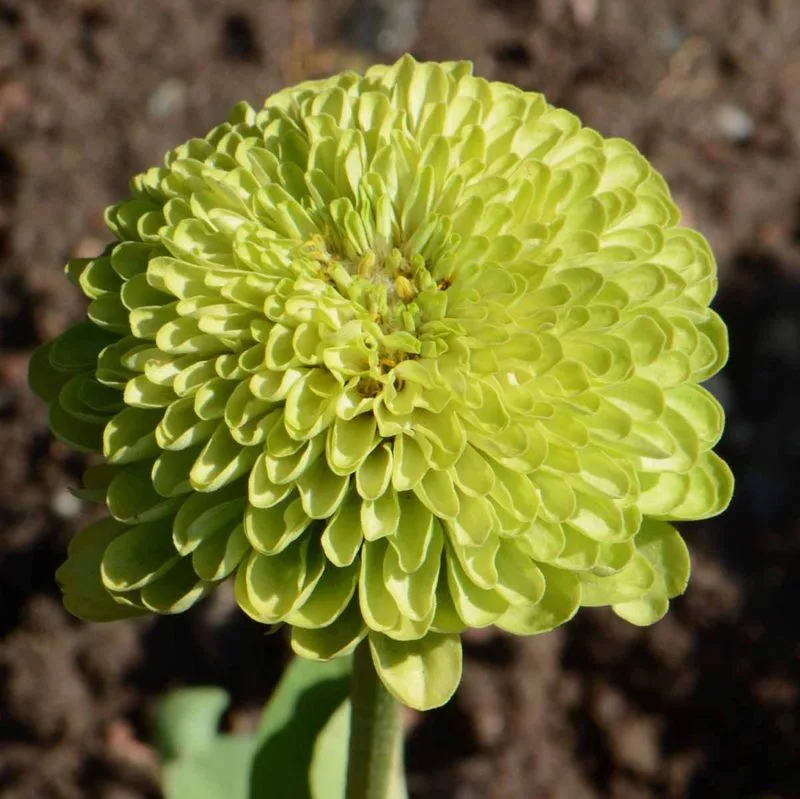
Zinnias stand out with their bright, daisy-like flowers that bloom in an array of colors. Their easy cultivation and robust nature make them a garden favorite. Thriving in sunny spots, zinnias attract butterflies and bees with their nectar-rich blooms. Deadheading spent flowers encourages more blooms, extending their vibrant display until frost. They can be sown directly into the soil, providing a quick and rewarding burst of color. As a bonus, zinnias make excellent cut flowers, adding joy both outdoors and indoors.
Blueberry (Vaccinium spp.)
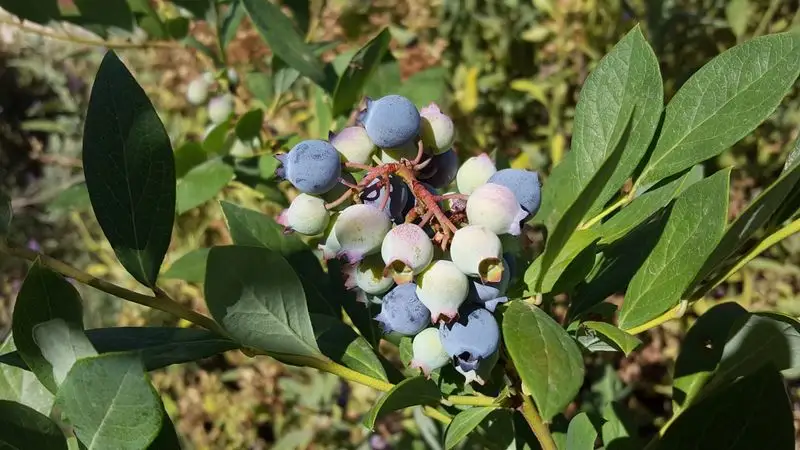
Blueberries offer a dual benefit: delicious fruit and pollinator appeal. Their bell-shaped flowers attract bees, essential for fruit production. Plant them in acidic, well-drained soil with full to partial sun. Beyond their pollinator draw, blueberries provide a tasty harvest and vibrant fall foliage. Prune annually to maintain plant health and encourage fruiting. By including blueberries in your garden, you not only enjoy fresh berries but also contribute to sustaining pollinator populations. A perfect blend of utility and environmental stewardship.
Borage (Borago officinalis)
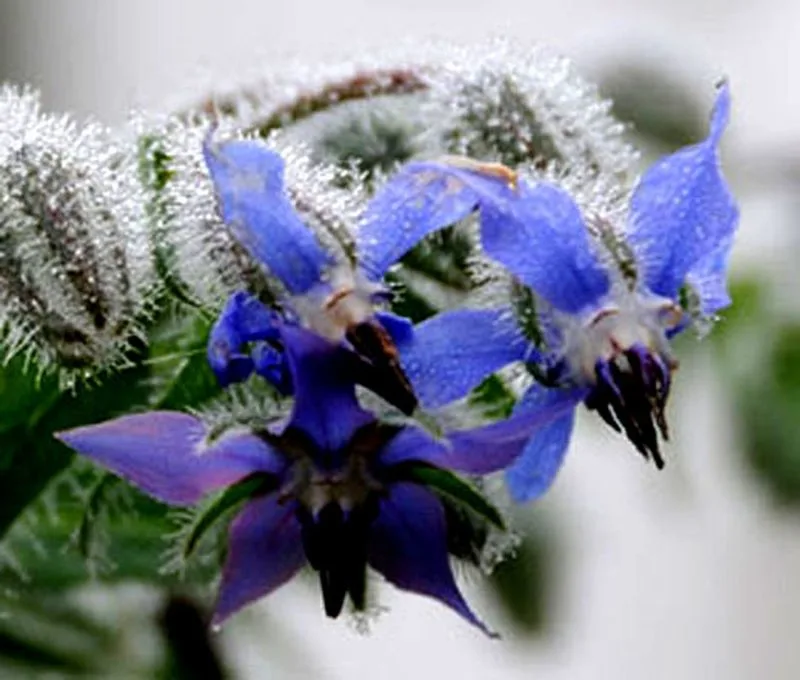
Borage boasts star-shaped blue flowers that are a delight for both pollinators and gardeners. Its blooms lure bees with their rich nectar, ensuring a thriving garden ecosystem. This annual herb thrives in full sun and well-drained soil, reseeding readily for a continuous display. The edible flowers and leaves bring a cucumber-like flavor to dishes, bridging ornamental and culinary uses. Borage’s ability to improve soil quality makes it an excellent companion plant. Embrace borage for its beauty, utility, and pollinator-friendly nature.
Cosmos (Cosmos bipinnatus)
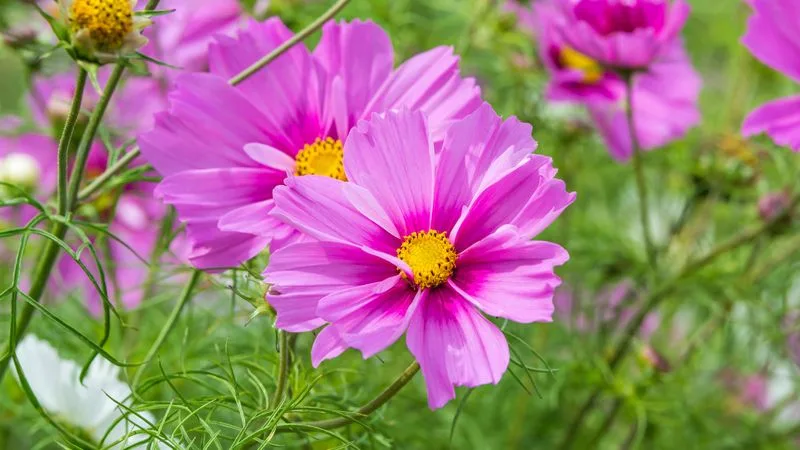
Cosmos, with their delicate, airy blooms, bring a splash of color and attract butterflies and bees. These annuals thrive in poor soils, making them low-maintenance and highly rewarding. Their daisy-like flowers bloom prolifically from summer to autumn, providing continuous nectar sources. Deadheading prolongs their blooming period, while their seeds appeal to birds. Cosmos are perfect for filling gaps in borders or adding height to flower beds. Experience the joy of a cosmos-filled garden, alive with the flutter and buzz of content pollinators.
Heliotrope (Heliotropium arborescens)

Heliotrope captivates with its rich purple blooms and sweet vanilla fragrance. These flowers are a magnet for butterflies seeking nectar. Preferring full sun and rich, well-drained soil, heliotropes flourish when given consistent care. Their aromatic appeal extends beyond sight, creating a fragrant garden retreat. Regular deadheading promotes longer blooming, enhancing its charm as a pollinator-friendly plant. While tender in colder climates, heliotropes thrive as annuals or in pots. Their sensory appeal and pollinator support make them a cherished garden addition.
Liatris (Blazing Star)
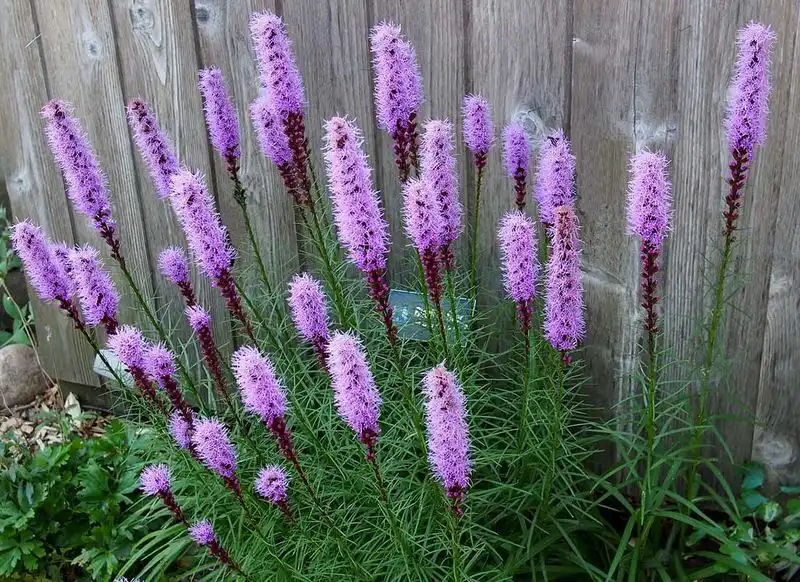
Liatris, known for its tall, spiky blooms, is a standout in attracting butterflies and bees. Its unique flower stalks bloom from top to bottom, offering an extended nectar source throughout the growing season. Preferring full sun and well-drained soil, liatris is drought-tolerant and suits prairie-style gardens. Its corms can naturalize over time, providing lasting beauty and ecological benefits. With its striking form, liatris adds vertical interest and supports a healthy pollinator population. An excellent choice for enhancing garden biodiversity and visual appeal.

